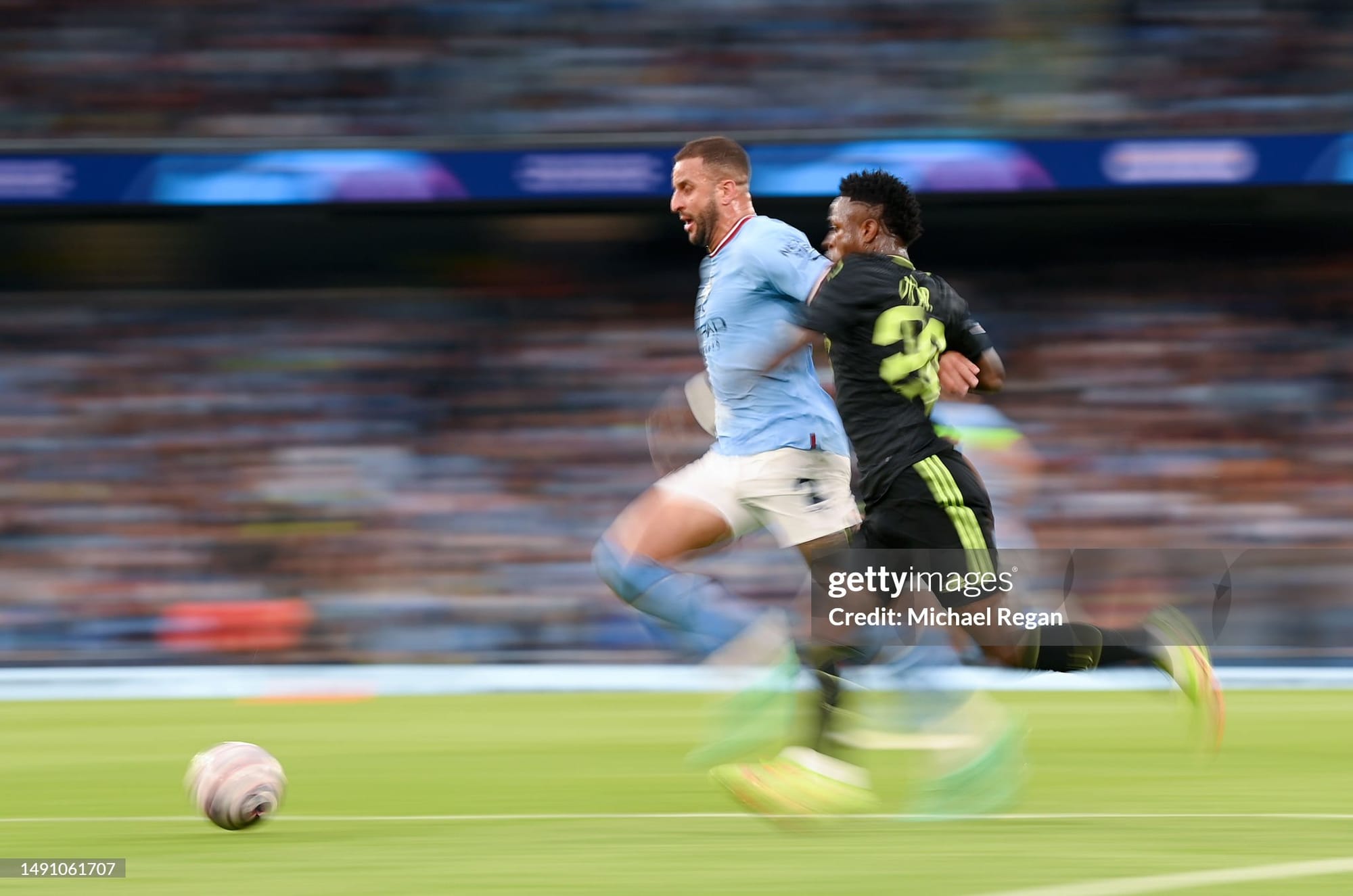Outlets: Football's Pressure Valves
This essay examines qualities of outlets, introduces the concept of outlet value, suggests ways to spot (potential for) outlets, and attempts to establish a broader definition for this attribute of football players.
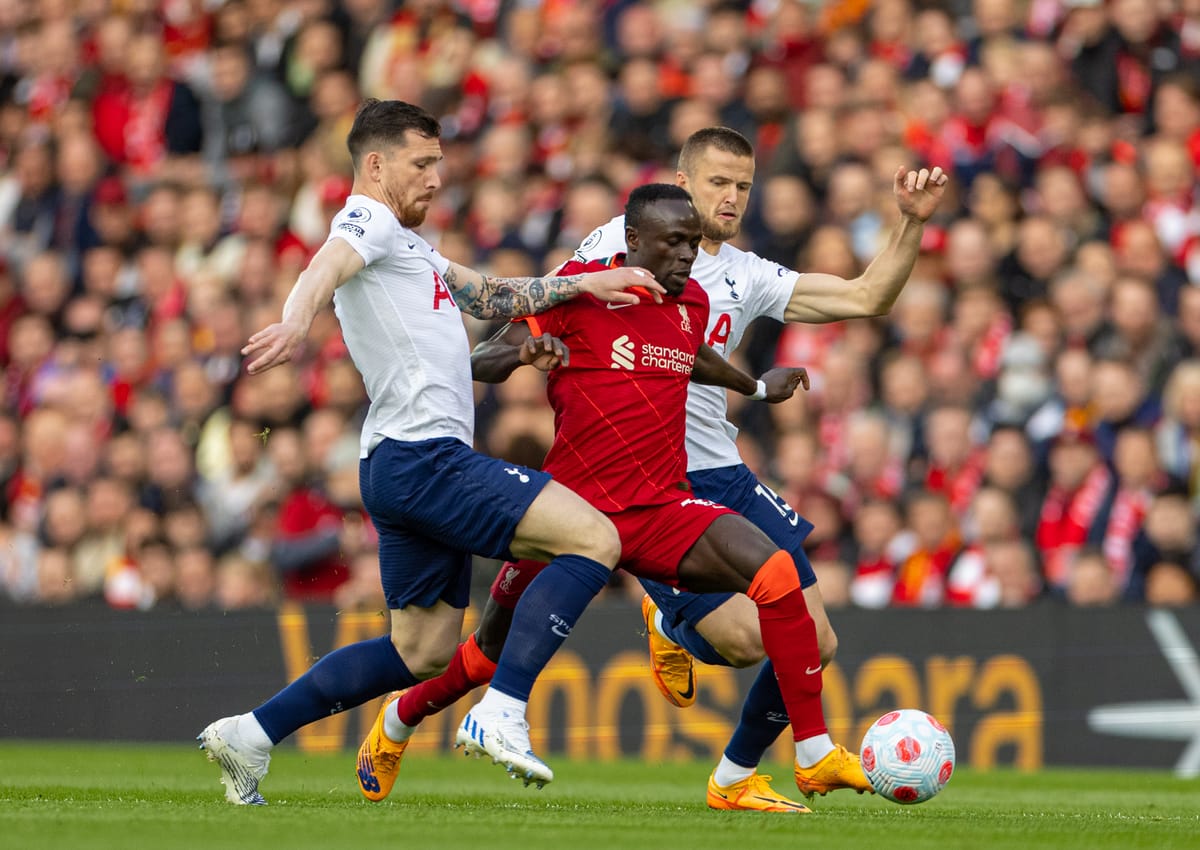
Base
A pressure valve or pressure relief valve (PRV), is a critical component in various mechanical and industrial systems.
As the name implies, it is designed to open and release excess pressure from a system when it exceeds a predetermined set point. This prevents potential damage or catastrophic failure due to overpressure, which can occur from system malfunctions, thermal expansion, or other operational anomalies.
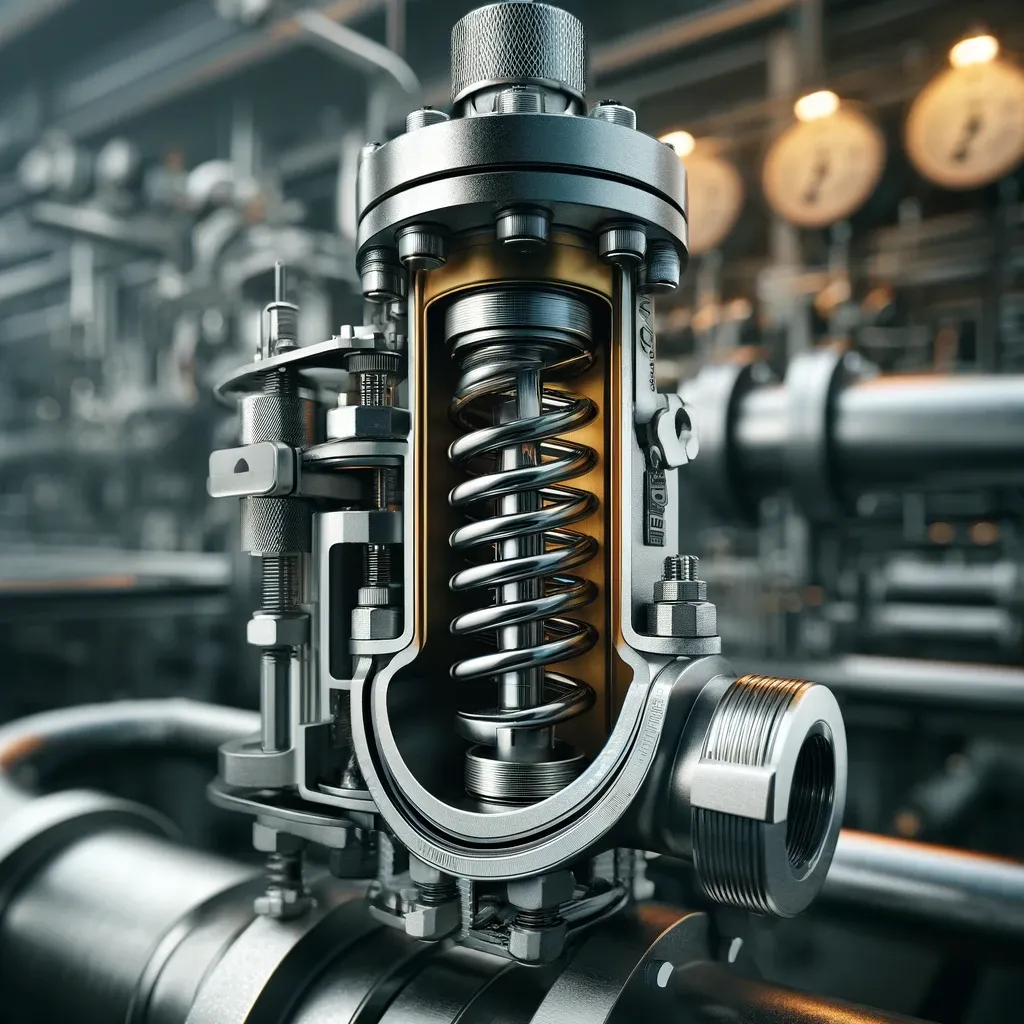
Connection
Like these complex system, football also has its own pressure accumulators needing release. These pressures manifest across different dimensions and reference points:
1. Pressure by a Player
- 1v1 or 1v2 Situations: Players being closed down by one or more opponents, such as featured image where Sadio Mané is tightly marked by two Tottenham defenders.
2. Pressure in a Zone
- Deep Throw-Ins or Playing Out from the Back: Pressure builds when taking throw-ins deep in one's half or when defenders play out from the box under close marking.
3. Pressure by Opposition Intent
- Pressing Schemes: Being subjected to a coordinated pressing scheme aimed at choking out any rhythm or momentum.
4. Pressure because of Game-State
- Aggressive Closing Down: Opponents increase their pressure when they need a goal, intensifying their efforts to win the ball back.
5. Pressure when playing against the Game-Momentum
- Sustained Opposition Attacks: Facing wave after wave of opposition attacks, making it difficult to clear the ball and relieve pressure.
6. Pressure from the fans
- Opposition Fans: Jeers and hostile atmosphere from opposition fans when a player is in possession.
- Home Fans: Pressure from home fans expecting assertiveness and in possession.
- These add psychological pressure to the physical demands.
7. Pressure because of the Game-Stakes
- High-Stakes Fixtures: The pressure and tension that accumulate in finals or key fixtures where the outcome has significant consequences.
Target
Hence, the sport requires pressure valves – which we've come to call outlets.
Outlets are players who relieve pressure on their team by their ability to maintain possession and transition play under duress. These include players who can beat their man in close quarters, those who can dribble out of pressure, those who have chilling composure under the knife, those who can extend calm and comfort to their teammates, and those who especially relish the stakes and pressure of the sport.
This essay will examine qualities of outlets, introduce the concept of outlet value, discuss ways to spot (potential for) outlets, attempt to establish a broader definition for this property of football players, and discuss ways we can platform attacking outlets.
The lists in this essay are non-exhaustive.
Future pieces will dive into the specific mechanics of great outlets.
See this short clip of Rashford (RW) forcing the opposition back line some 10 yards deeper by just attempting a run in-behind. pic.twitter.com/UWp4NEWZWp
— Joel A. A. (@joeladejola) December 13, 2023
Archive from December 13, 2023
Qualities of Outlets
In the previous section, we delineate different ways and kinds of pressure that can manifest on the pitch. Each one has a matching quality of set of qualities that resolves it. Some are visible attributes; others are mental.
You'd find that it is nigh impossible to adequately examine technical execution without the mental state that platforms it.
Let's take each one by one.
1. Pressure by a Player
- Strong in taking on their man.
- Good in duels and under contact.
- Instill fear in their markers through actions or thoughts, buying time.
2. Pressure in a Zone
- Great at receiving from a range of angles.
- Confidence in their teammates.
- Composure under pressure.
- Dribbling or carrying from deep.
3. Pressure by Opposition Intent
- Successfully beat the press a few times to demoralize and expose the opposition's scheme.
- Trust in teammates.
- Decisive problem-solving and execution in small circuits (zones or 1v1 situations).
4. Pressure because of Game-State
- High concentration.
- A willingness to suffer.
- Endurance.
- Gamesmanship – like running down the clock.
5. Pressure when playing against the Game-Momentum
- High concentration.
- A well-timed substitution to bring fresh legs and calmness.
- Ability to break the game with tackle and interceptions.
6. Pressure from the fans
- Steady-headedness.
- Calm, cool demeanor.
- Players who work the crowd – either riling opposition fans or encouraging theirs to cheer.
7. Pressure because of the Game-Stakes
- Determination.
- Positive mindset, trusting that they will resolve the situation.
Here is a gallery, of players and/or situations which carry significant outlet value. You can try and map each photo to one or more of the different stakes prescribed above.
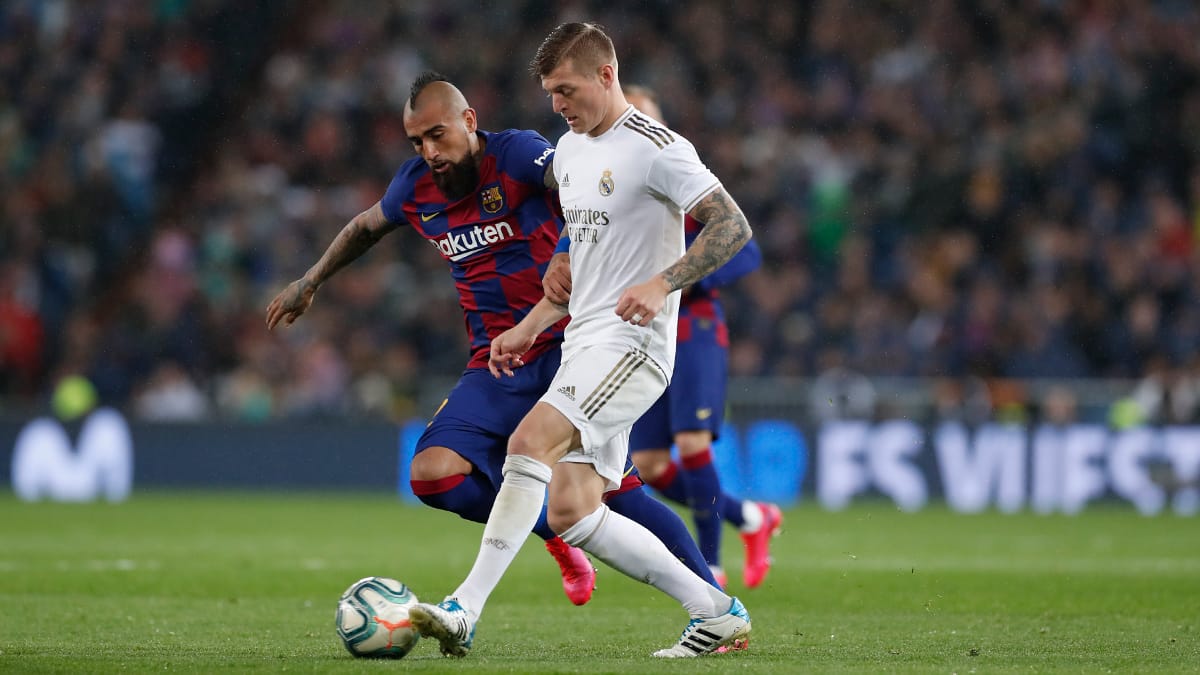
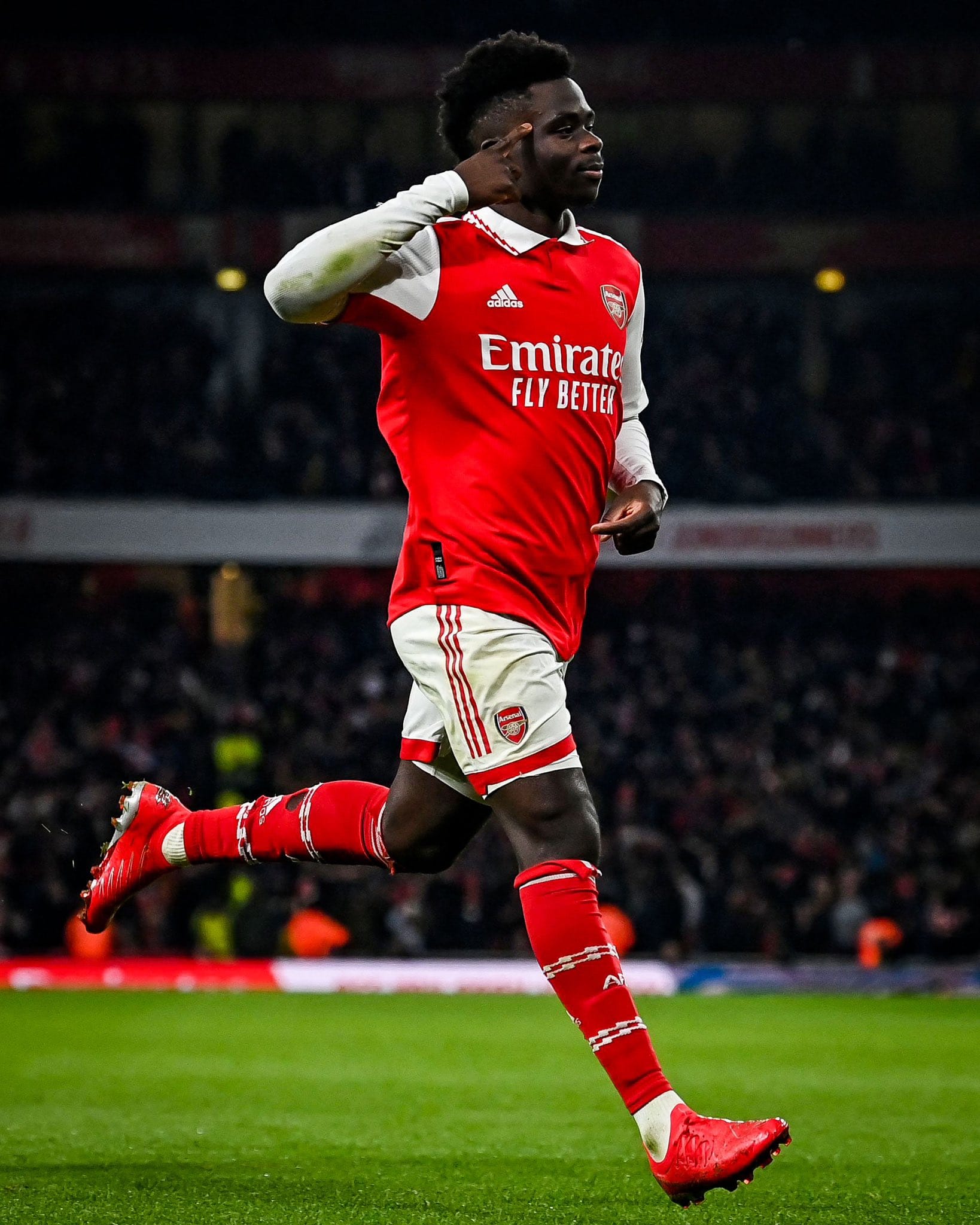
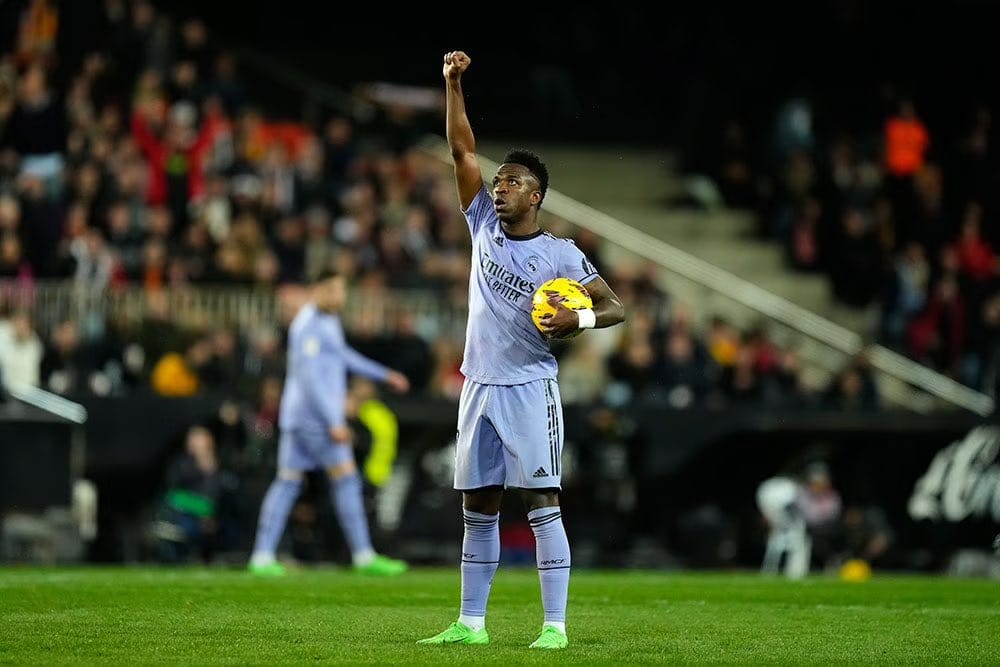
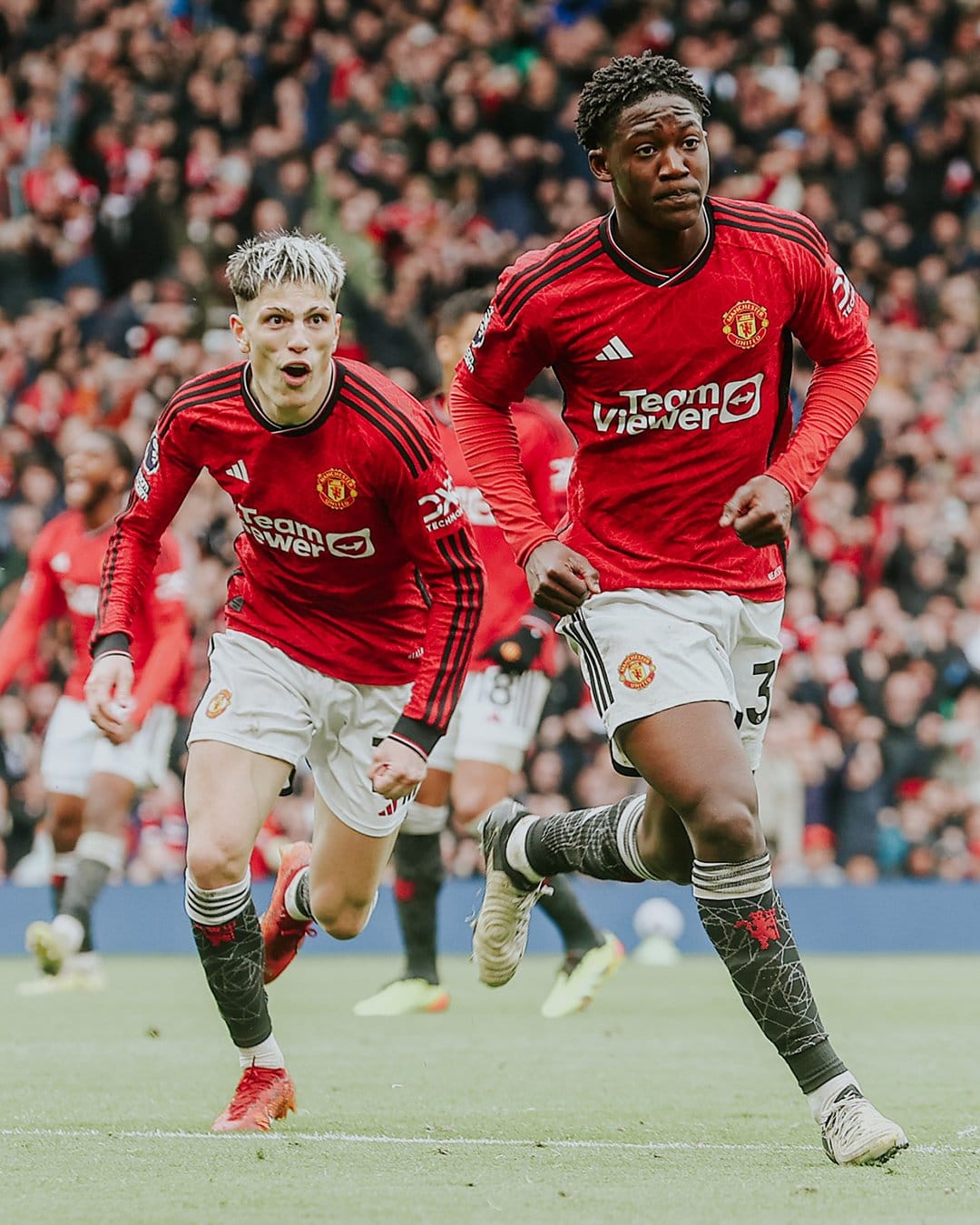
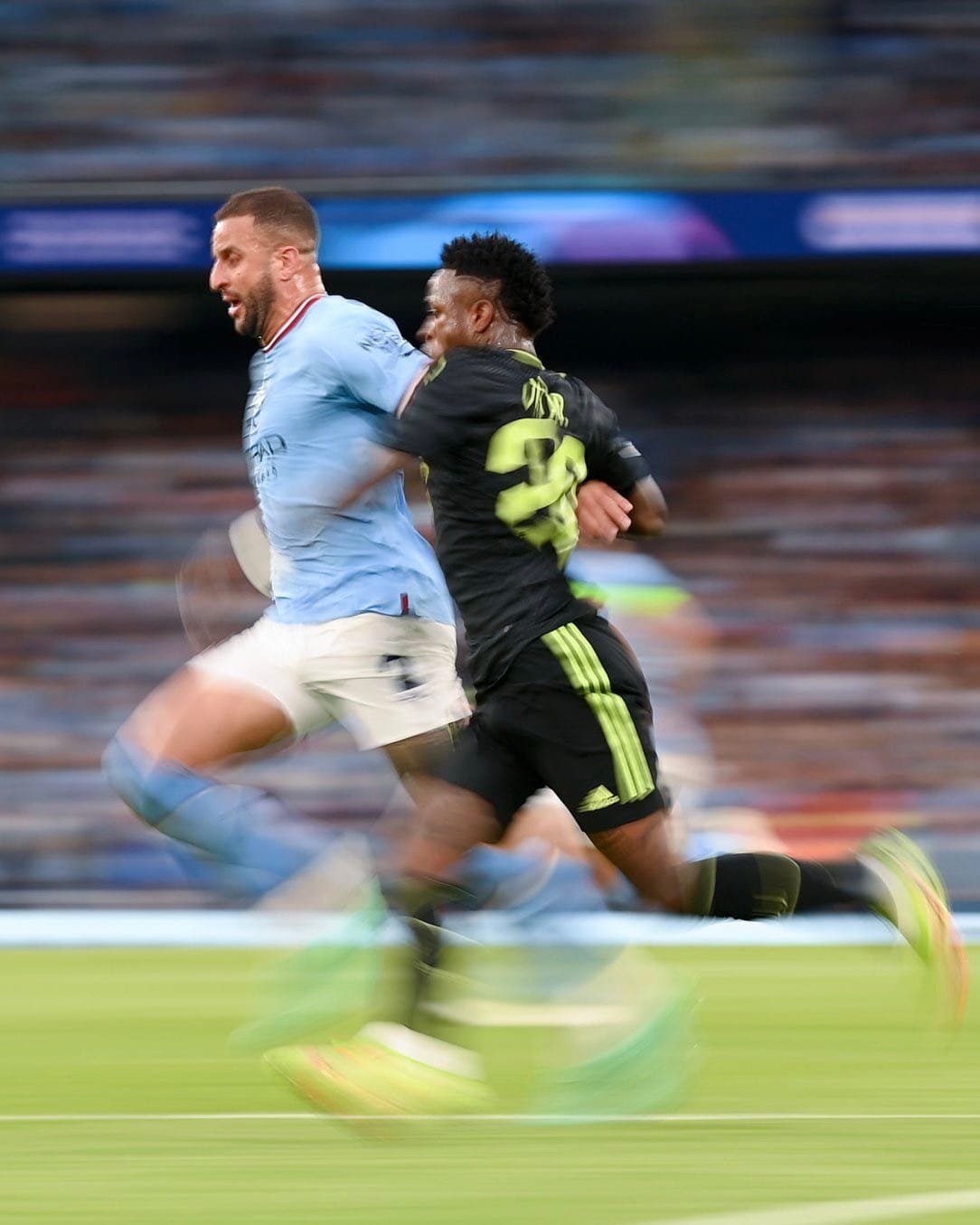
By matching individuals to the aforementioned qualities, it becomes obvious that every player on the pitch has some outlet value.
Those with higher outlet value have qualities that resolve more kinds of pressure.
We will briefly examine how this outlet value manifests across each position. Then, I will make a case for the most lethal combination (qualities + position) in the sport.
Differentiating Outlet Value by Position
1. Goalkeepers as Outlets:
- Distribution: Accurate throws and kicks to start counter-attacks. Offering themselves and being trusted as options for teammates who're under pressure.
- Communication: Organizing the defense and providing instructions to maintain composure under pressure.
- Ball-Handling: Goalkeepers who catch shots or claim crosses rather than punch have high outlet value.
2. Defenders as Outlets:
- Composure Under Pressure: Essential for playing out from the back and making accurate passes to transition from defense to attack.
- Retention in Duels: Ability to win one-on-one battles and maintain possession.
- Certain players like Arsenal's Declan Rice and French All-Timer N'golo Kante, more than others, are able commit to high-speed tackles and leave with the ball. This is more valuable than just connecting with the ball being knocked out-of-play for a 50-50.
- Vision and Passing: Players who can play accurate long balls to runners help relieve pressure. This also synergizes with attacking outlets.
3. Midfielders as Outlets:
- Ball-Carrying Ability: Being able to dribble out of tight situation or carry the ball from deep.
- We've written about ball-carrying before.
- Decision Making: Quick and intelligent decisions under pressure to maintain possession and distribute the ball efficiently.
- Press Resistance: Ability to beat the press, creating space and time for their team.
4. Forwards as Outlets:
- Hold-Up Play: Strikers who excel at holding up the ball, offer a long release option for their teammates.
- Runs Behind Defenders: Wingers and forwards making runs to stretch the opposition defense and create space.
- This, I will soon argue, is one of the most lethal ones.
- Decisive Finishing: Taking advantage of the few opportunities created under pressure. Maintaining composure to convert chances.
The Most Lethal Combinations for Outlets – Wide Runners
Wide runners are among the most lethal types of outlets in football for several key reasons. Let's explore them.
1. Space Domination:
- Reason: The amount of space available to be threatened or dominated.
- Explanation: Wide runners can stretch the pitch vertically, affecting multiple defenders and significantly changing the proximity to the opponent's goal. This action can be modeled by the area "popped" or "excavated" due to their runs. They dominate the space behind the backline, making it difficult for defenders to maintain their shape and position.
2. Self-Sufficiency and Fear Factor:
- Reason: Their runs alone, even without the ball, are threatening.
- Explanation: Wide runners create constant pressure on the opposition across the game. The fear they instill in defenders is significant because of their ability to exploit space and their perceived threat. Effective outlets are determined by how much their actions disrupt the opponents, not just their running prowess. Defenders are wary of losing duels or allowing these players to enter dangerous spaces, which increases their overall effectiveness.
Cash money pic.twitter.com/RFUzrFZzKf
— ennui (@gaishanfa) May 27, 2024
3. Proximity to Goal and Scoring Potential:
- Reason: They are close to goal, receiving higher up and having the opportunity to score.
- Explanation: Wide runners often receive the ball in advanced positions, which allows them to contribute directly to scoring. This provides a double pressure relief: advancing the ball and creating immediate scoring opportunities. Effective ball progression and passing are crucial here. While verticality and progression are important, the ultimate value lies in who receives the ball, how they receive it, and the outcomes of these actions.
4. Impact on Opposition Shape:
- Reason: The number of opposition players and lines being ruptured.
- Explanation: Wide runners force the opposition to adjust their defensive lines, often causing goalkeepers to reposition, center-backs to drop off or hold their line, full-backs to track runs, and potentially requiring opposition wingers to double-team. This tendency to disrupt the opposition's shape enhances the overall effectiveness of wide runners as outlets.
Vinicius Jr. is so difficult to contain. Besides his brimming athleticism, Vini's indefatigable personality defines the essence of his wide-play.
— Joel A. A. (@joeladejola) April 12, 2023
He keeps on going – not the kind of winger you can deter from trying take-ons or committing to duels.
Energy Management and Compensation for Attacking Outlets
Given the high output required from attacking outlets, preserving their energy is crucial for maintaining their effectiveness throughout a match. I'll share a few ways to approach this:
Off-Pitch Practices:
- Review Match Footage: Analyze game recordings to identify moments when players can conserve energy. This helps players understand when to push hard and when to take it easier.
- Identify Off-Moments: Encourage players to recognize and utilize opportunities to rest during the game, ensuring they’re ready for critical moments.
- Offer Assurance: Providing psychological support and assurance helps players manage their energy better, reducing unnecessary exertion caused by anxiety or pressure.
Tactical Adjustments:
- Providing Cover: Designate other team members to cover for the primary offensive outlet, reducing their defensive responsibilities and allowing them to conserve energy for attacking phases.
- Managing Exertion: Encourage outlets to manage their energy across all phases of play, switching gears efficiently to maximize every opportunity for rest.
Practical Energy-Saving Strategies:
- Light Jogs: Incorporate light jogging instead of full sprints when possible, particularly during non-critical moments.
- Avoid Unnecessary Sprints: Discourage the “show effort” sprints often seen in younger players, which can lead to premature fatigue.
Players not only recover between games, but also during it —
— Joel A. A. (@joeladejola) December 13, 2023
Football’s most decisive players are also the best at managing their energy output: to stay dialed in and make late impact.
Can we teach young players to identify and leverage such recovery opportunities? pic.twitter.com/DiRZgBp2WQ
Yes, we can!
Archive from 17 September, 2023
Someone please help me define the term outlet.🤞🏾
— Joel A. A. (@joeladejola) October 21, 2021
I have a fire idea of what it means but the usage gets a bit vague sometimes. https://t.co/X12ZXAY45R
You're welcome 2021-Joel
What Next?
If you enjoyed this, consider subscribing to BallerzBantz, following us on Twitter, and sharing this with someone. By subscribing, you will receive one synopsis each week.
Join us to stay ahead and contribute to this burgeoning community.
Who is the Writer?
Joel A. Adejola is an undergraduate at the University of Kansas (KU), studying Engineering and Philosophy.

